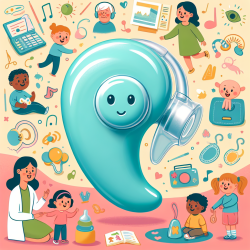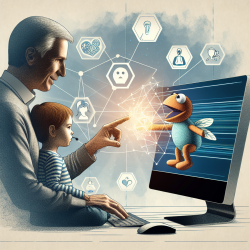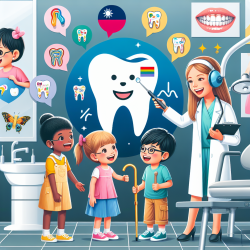The Canadian Association of Speech-Language Pathologists and Audiologists (CASLPA) released a comprehensive position paper in 1995, addressing the complex and multifaceted issue of cochlear implants in children. This landmark paper, developed by a dedicated working group of professionals, provides a thorough review of the literature up to that point and offers a nuanced stance on the implementation of cochlear implants for children with profound bilateral sensorineural hearing loss. As practitioners in the field of special education, speech-language pathology, and audiology, it is crucial to understand the outcomes of this research and how it can inform and improve our practice.
Since the mid-1980s, cochlear implants have increasingly been recognized as a viable option for managing childhood deafness, offering some children the opportunity to perceive sound and, in many cases, develop spoken language skills. However, the decision to proceed with cochlear implantation is complex, influenced by cultural, educational, and social considerations. The CASLPA position paper serves as a guide for navigating these considerations, emphasizing the need for comprehensive evaluations, informed decision-making, and individualized (re)habilitation plans.
Key Takeaways for Practitioners:
- Understanding the Controversy: The paper highlights the diverse views on cochlear implantation, with some organizations advocating for it as an option for deaf children, while others, including the National Association of the Deaf, express concerns. It is essential for practitioners to understand these perspectives to provide balanced counseling to families.
- Comprehensive Evaluations: Before considering a cochlear implant, children should undergo extensive audiological and medical evaluations, alongside a trial period with hearing aids. Practitioners should ensure families have realistic expectations and understand the commitment required for the post-implantation (re)habilitation process.
- Individual Differences: The paper underscores the significant individual differences in how children benefit from cochlear implants. Factors such as age at implantation, duration of deafness, and type of habilitation program play critical roles in outcomes. Practitioners must tailor their approaches to meet the unique needs of each child.
- Need for Ongoing Research: Despite the progress made, the paper calls for ongoing research to identify reliable predictors of implant success and to further understand the long-term impacts of cochlear implants on children's psycho-social development. Practitioners should stay informed about new research findings to continuously refine their practices.
- (Re)habilitation Following Implantation: A successful cochlear implant outcome relies heavily on a comprehensive (re)habilitation program that emphasizes the development of listening skills. Practitioners play a critical role in designing and implementing these programs, which should be tailored to the child's changing needs over time.
As professionals dedicated to supporting children with hearing impairments, it is our responsibility to apply the insights from the CASLPA position paper in our practice. By doing so, we can ensure that we are providing evidence-based, compassionate, and individualized care that maximizes the potential benefits of cochlear implants for each child.
Furthermore, by encouraging further research and staying abreast of new developments, we can contribute to the evolving understanding of cochlear implants and their role in managing childhood deafness. The ultimate goal is to support the development of communication skills in children with hearing impairments, enabling them to lead full and enriching lives.
For practitioners seeking to enhance their understanding and application of cochlear implant technology in children, the CASLPA position paper is an invaluable resource. It not only provides a foundation for informed decision-making but also highlights the importance of a supportive and comprehensive approach to (re)habilitation.
To read the original research paper, please follow this link: CASLPA Position Paper on Cochlear Implants in Children (1995).










